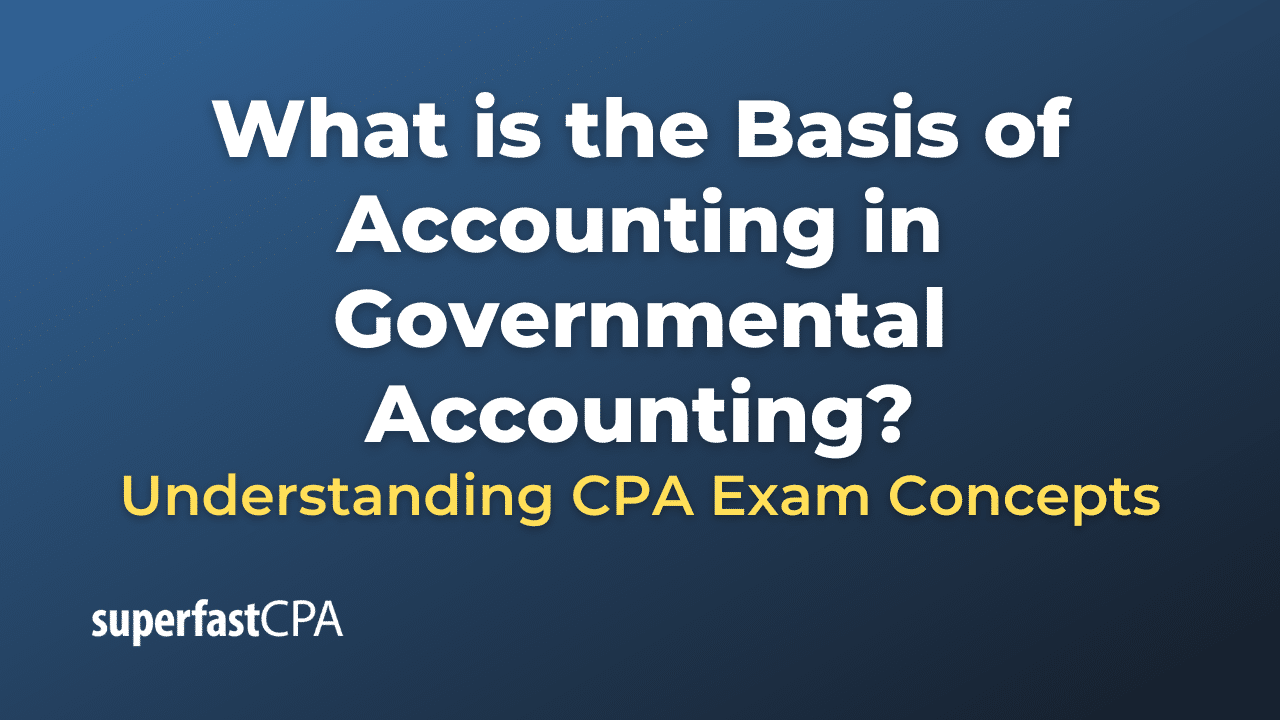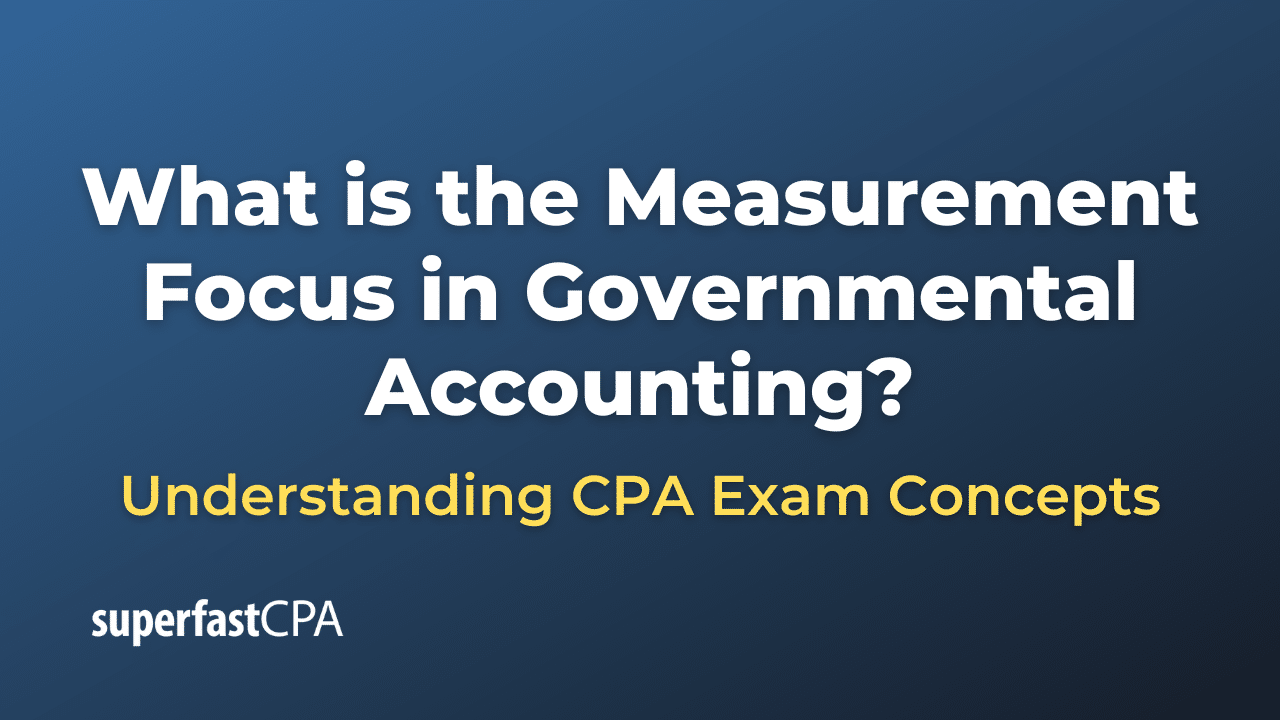Benford’s Law
Benford’s Law, also known as the First-Digit Law or the Law of Anomalous Numbers, is a statistical phenomenon that states that the first digits of many sets of numerical data are not uniformly distributed but rather skewed towards smaller digits. In other words, the probability of a number’s first digit being 1 is significantly higher than it being 9.
The distribution of first digits according to Benford’s Law is as follows:
- 1 – 30.1%
- 2 – 17.6%
- 3 – 12.5%
- 4 – 9.7%
- 5 – 7.9%
- 6 – 6.7%
- 7 – 5.8%
- 8 – 5.1%
- 9 – 4.6%
Benford’s Law is applicable to a wide range of data sets, such as stock prices, lengths of rivers, population numbers, accounting data, and more, provided that the data spans multiple orders of magnitude and is not influenced by an artificial constraint or boundary.
The law is often used as a tool in forensic accounting and auditing to detect potential fraud or anomalies in financial data. If the distribution of first digits in a set of financial records deviates significantly from the expected distribution according to Benford’s Law, it may suggest tampering, errors, or other irregularities.
It is important to note that Benford’s Law should not be used as a stand-alone method for detecting fraud or anomalies, but rather as an initial indicator for further investigation.
Example of Benford’s Law
Let’s consider an example using real-world data to demonstrate how Benford’s Law works. In this case, we will use the population numbers of countries.
Suppose you have the population data for 237 countries and territories. When you analyze the first digits of these population numbers, you can compare the actual distribution to the expected distribution according to Benford’s Law.
Here is a hypothetical distribution of first digits in the population data:
- 1 – 72 occurrences (30.4%)
- 2 – 43 occurrences (18.1%)
- 3 – 30 occurrences (12.7%)
- 4 – 22 occurrences (9.3%)
- 5 – 19 occurrences (8.0%)
- 6 – 17 occurrences (7.2%)
- 7 – 12 occurrences (5.1%)
- 8 – 12 occurrences (5.1%)
- 9 – 10 occurrences (4.2%)
As you can see, the distribution of first digits in this population data set roughly follows the expected distribution according to Benford’s Law. The smaller digits (1, 2, and 3) occur more frequently than the larger digits (7, 8, and 9).
It’s important to note that while Benford’s Law often holds true for many types of data sets, it doesn’t apply to all of them. In cases where there are specific artificial constraints, boundaries, or data generated from a uniform distribution, Benford’s Law may not be applicable.
In the context of forensic accounting and auditing, if the distribution of first digits in a financial data set deviates significantly from the expected distribution according to Benford’s Law, it may warrant further investigation into potential errors, irregularities, or fraud. However, as mentioned earlier, Benford’s Law should not be used as a definitive method for detecting fraud but rather as an initial indicator prompting deeper analysis.













